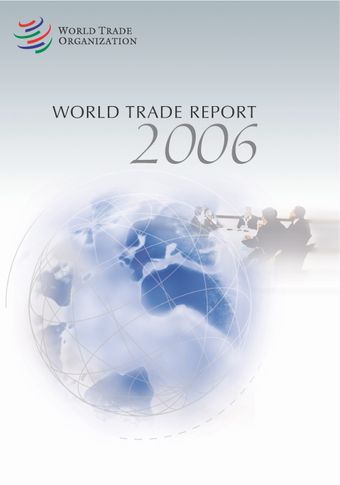Subsidies and the WTO

- By: World Trade Organization
- Source: World Trade Report 2006 , pp 189-208
- Publication Date: June 2006
- DOI: https://doi.org/10.30875/7e9aa6ed-en
- Language: English French, Spanish
We have discussed the economic arguments for and against different kinds of subsidization earlier in the Report. Economic analysis tells us that market failures of various kinds can sometimes be addressed efficiently with subsidies. It also tells us that subsidies can distort trade flows if they give an artificial competitive advantage to exporters or import-competing industries. Whether a subsidy is viewed as a desirable intervention for correcting a market failure or as an undesirable trade distortion depends sometimes upon who is making the judgement. But economic analysis ought to be able to help, both in determining the desirability of an intervention from a welfare perspective, and in assessing the merits of alternative forms of intervention. Governments may, however, decide to grant certain kinds of subsidies that have little to do with efficiency considerations, and in such cases economic analysis based on a simple welfare analysis may be of limited use. Also in these cases, the analysis is probably most helpful in ensuring that policy-makers are aware of the costs of pursuing particular objectives and of alternative, lesser-cost ways of doing so. We also know that judgements about what to subsidize, by how much and for how long are complex technical questions on which governments frequently lack adequate information.
-
From This Site
/content/books/9789287044938s009-c011dcterms_subject,pub_countryId-contentType:WorkingPaperSeries -contentType:Periodical -contentType:BookSeries -contentType:ReportSeries105


